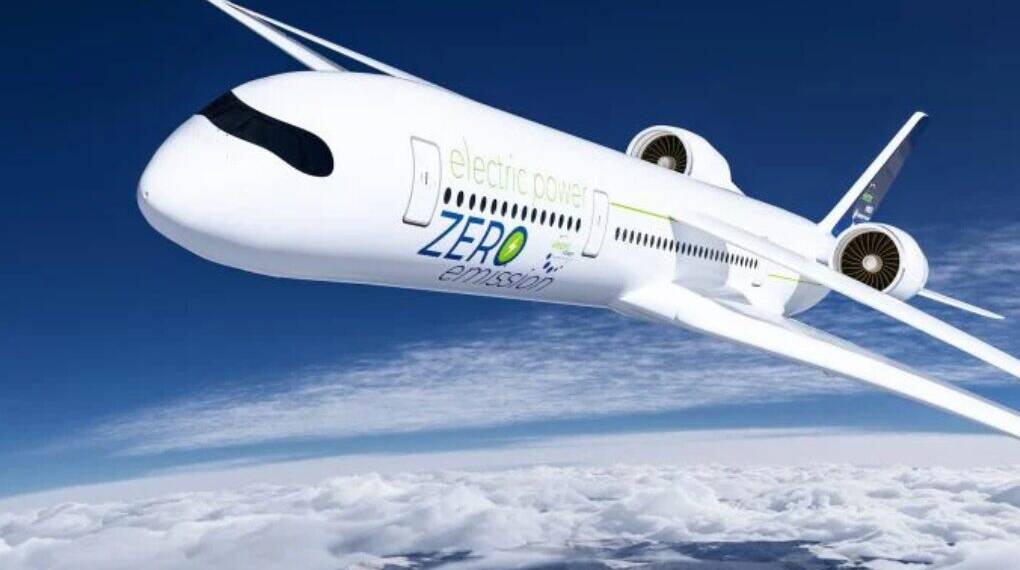Researchers at MIT have introduced a new type of fuel cell that could bring major change to electric aviation and other forms of clean transportation. Unlike traditional lithium-ion batteries, which are limited by weight and energy capacity, this sodium–air fuel cell offers a much higher energy density and a unique environmental benefit—it can remove carbon dioxide from the air.
A Fresh Take on Clean Energy
The fuel cell developed by the MIT team doesn’t rely on lithium. Instead, it uses sodium metal—an inexpensive, widely available material—paired with air. The core of the system is a solid ceramic layer that allows sodium ions to travel through while keeping the materials separated. When the sodium reacts with oxygen from the air, it generates electricity.
One of the standout features of this new design is that, unlike conventional batteries, it can be quickly refueled rather than needing hours to recharge. This makes it particularly well-suited for applications like planes, trains, and ships, where energy demands are high and downtime needs to be minimal.
Outperforming Lithium-Ion
The sodium–air fuel cell demonstrated more than three times the energy storage capacity per kilogram than today’s best lithium-ion batteries. That’s a massive leap forward. According to Professor Yet-Ming Chiang, reaching around 1,000 watt-hours per kilogram could make regional electric flights possible. Current lithium batteries fall well short of this mark, typically offering just 300 watt-hours per kilogram.
Promising Implications for Aviation
Aviation is a major contributor to carbon emissions, and this fuel cell could address one of its most pressing challenges—weight. The improved energy density means aircraft could travel longer distances without the added bulk of current battery systems. The technology could be applied to regional flights, which represent the majority of air travel within countries and a large share of aviation emissions.
Environmental Benefits Built In
What sets this innovation apart even further is its ability to help clean the air. During operation, the fuel cell emits sodium oxide, which naturally reacts with water vapor to form sodium hydroxide. This substance then binds with carbon dioxide to create sodium carbonate, which eventually becomes baking soda. Not only does the process avoid producing carbon emissions, but it also actively captures CO2.
This built-in carbon capture function, typically too expensive to implement on its own, is essentially a free benefit of the system. And if any byproduct ends up in the ocean, it could even help reduce ocean acidity.
Prototypes Show Real-World Potential
The team built two working prototypes. One featured vertical glass tube connected by a middle section housing the ceramic and air electrode. The other used a horizontal layout with a tray of sodium fuel. In testing, these prototypes achieved energy outputs that would translate to over 1,000 watt-hours per kilogram at full scale.
Safety and Scalability
Despite using reactive sodium metal, the design is considered safer than many high-density batteries. Since air is used on one side, and the materials are not packed closely together, the risk of a runaway reaction is lower. This makes the system more stable under demanding conditions.
Production feasibility is also promising. Sodium was once widely manufactured for use in leaded gasoline, with U.S. facilities producing hundreds of thousands of tons annually. The same infrastructure, or similar methods, could be used to produce sodium for this purpose.
Next Steps and Commercialization
MIT researchers are working on a compact fuel cell capable of delivering 1,000 watt-hours—enough to power a large drone. This initial version will serve as a proof of concept, with agricultural uses among the possible first applications.
The team has already formed a startup, Propel Aero, housed at MIT’s incubator, The Engine, to bring the fuel cell technology to market. By combining knowledge from various engineering fields, they’ve made meaningful progress toward a cleaner, more energy-efficient future.







